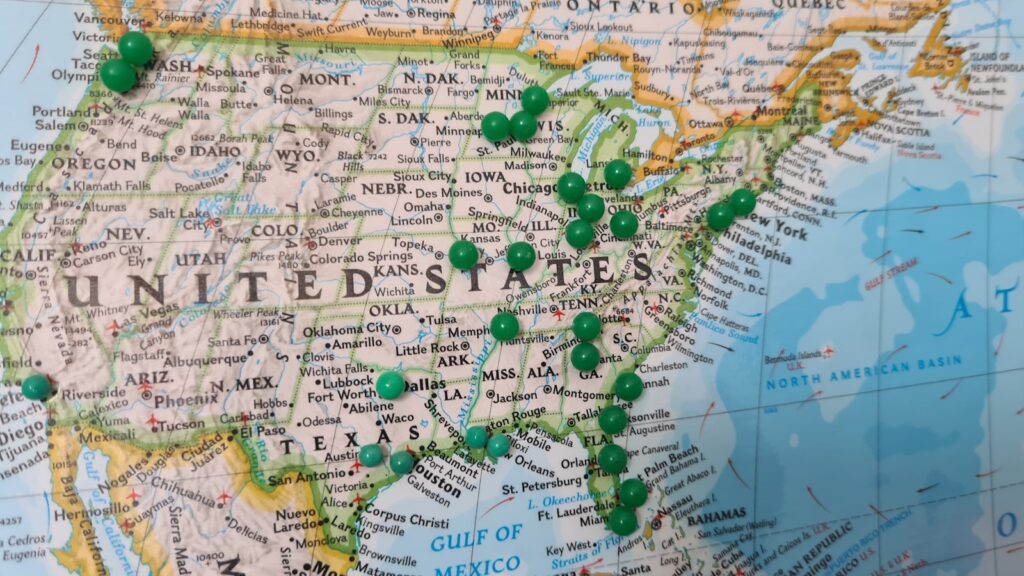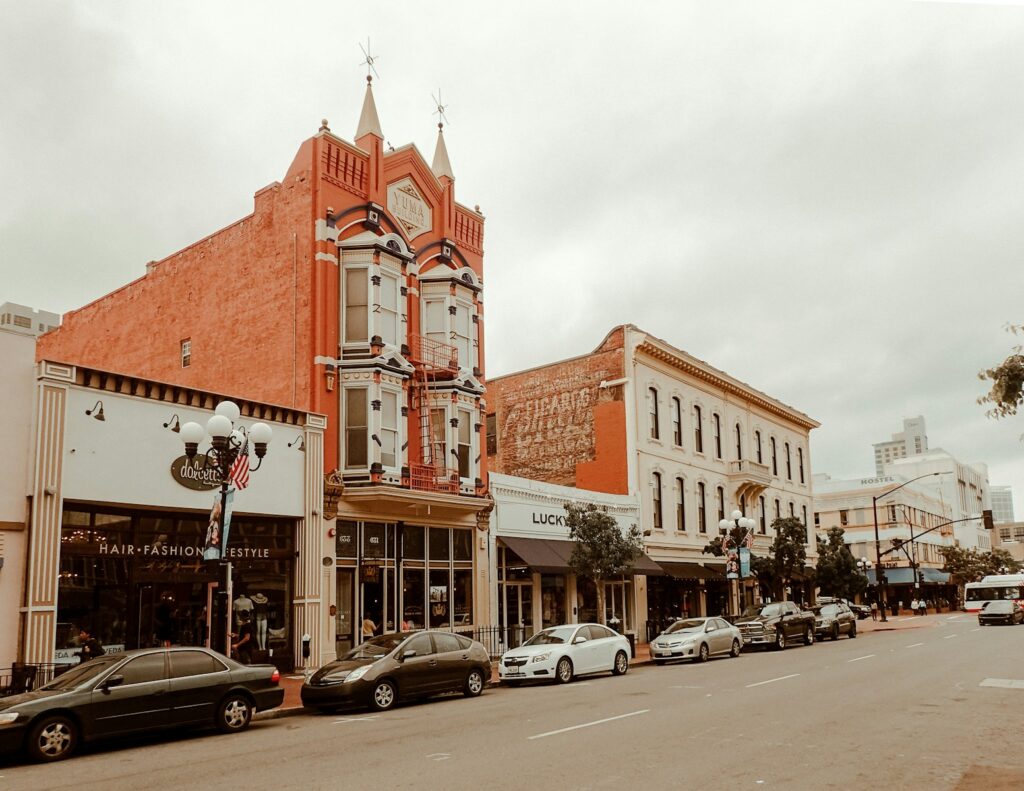The population landscape of the United States is continuously evolving. While much attention is given to cities and regions experiencing rapid growth due to economic booms or changing lifestyle preferences, many communities face the opposite reality: significant population decline. This dynamic movement profoundly alters the character and future prospects of these cities, posing challenges that differ markedly from those encountered by expanding areas.
A comprehensive understanding of these trends requires detailed data analysis. Recent figures released by the Census Bureau reveal where population decreases are most pronounced, providing a more nuanced perspective than national or state-level statistics alone. By focusing on specific cities, it becomes possible to identify areas with the sharpest population declines and to explore how broader demographic shifts manifest locally. Multiple factors influence residents’ decisions on where to live, contributing to this complex phenomenon.
Based on an examination of census estimates reflecting percentage changes between July 1, 2020, and July 1, 2023, certain cities have experienced notably rapid population contractions. This article highlights these cities, drawing exclusively on the provided data to illustrate the scale and nature of their decline. This analysis reveals the other side of America’s demographic narrative, spotlighting communities grappling with the challenges of a shrinking population. The discussion begins with an in-depth look at six cities at the forefront of this trend.

1. **East Palo Alto, California**
East Palo Alto, California, ranks among the cities experiencing the fastest population decline, with a notable decrease of 5.99% between July 1, 2020, and July 1, 2023. This decline translates to a loss of 1,732 residents, as the population fell from 29,948 in 2020 to 28,216 by mid-2023. Such a reduction is particularly significant given the city’s size, reflecting a rapid contraction that sets it apart from many other communities.
Situated in California, a state that has seen a 1.36% population decrease during the same period, East Palo Alto’s decline aligns with broader regional trends. The city has a predominantly Hispanic and Latino population, accounting for 62.1% as of July 2023. This demographic is generally associated with national population growth, highlighting that local factors within East Palo Alto are driving its population reduction despite the wider upward trend among Hispanic communities in the United States.

2. **San Carlos, California**
San Carlos, California, located in the same county as East Palo Alto within the San Francisco Bay Area, also ranks among the cities experiencing rapid population decline. Between July 1, 2020, and July 1, 2023, the city’s population decreased by 6%, closely paralleling its neighboring city’s rate of decline.
Census estimates reveal that San Carlos’s population fell from approximately 30,638 residents in 2020 to 28,862 by mid-2023, representing a loss of 1,776 people over the three years. This reduction underscores significant demographic changes taking place even in economically prosperous regions like the Bay Area, impacting multiple communities.
In contrast to East Palo Alto, San Carlos has a majority White population, accounting for 59.4% of residents as of July 2023. This demographic characteristic aligns with national patterns, where the White population has decreased over the past decade. San Carlos’s experience adds to the broader picture of California’s diverse communities facing notable population contraction.
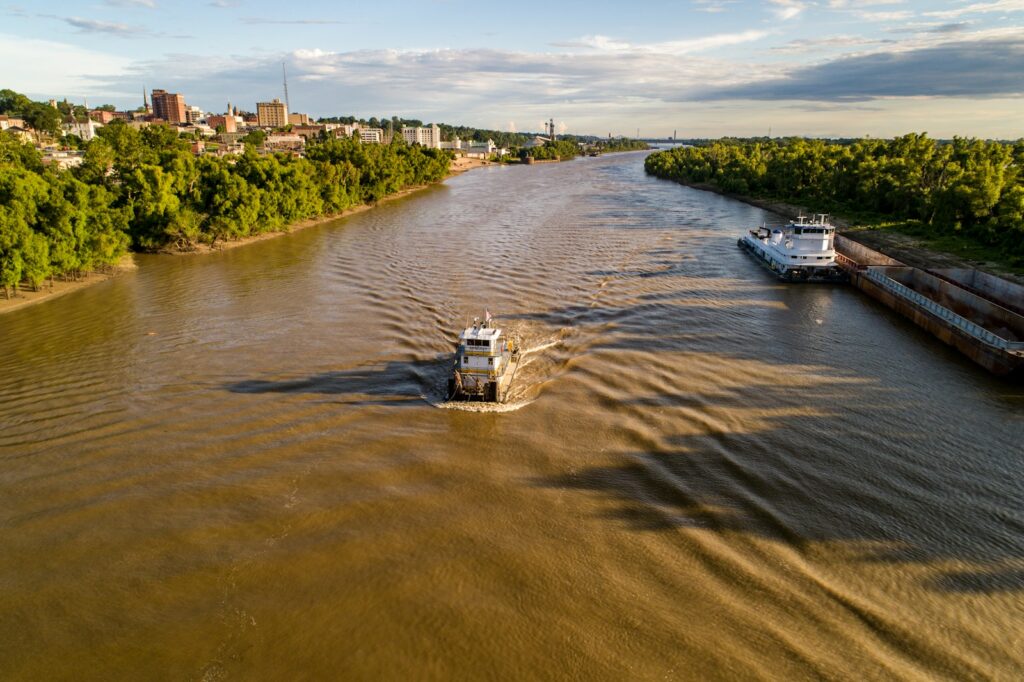
3. **Vicksburg, Mississippi**
Moving away from the West Coast, Vicksburg, Mississippi, a city known for its historic Civil War significance, has experienced a notable population decline of 6.10% between 2020 and 2023. Although exact population figures for 2020 and 2023 are not specified, the percentage confirms a substantial proportional loss, placing Vicksburg among the fastest shrinking cities in the country.
Located in Mississippi, a state with a population decrease of 1.68% over the same period, Vicksburg’s demographic profile is predominantly Black, accounting for 73.8% of residents. This decline contrasts with the national trend of a 6% increase in the Black population over the past decade. The disparity highlights how localized economic challenges or other factors can counteract broader demographic growth patterns in specific communities.
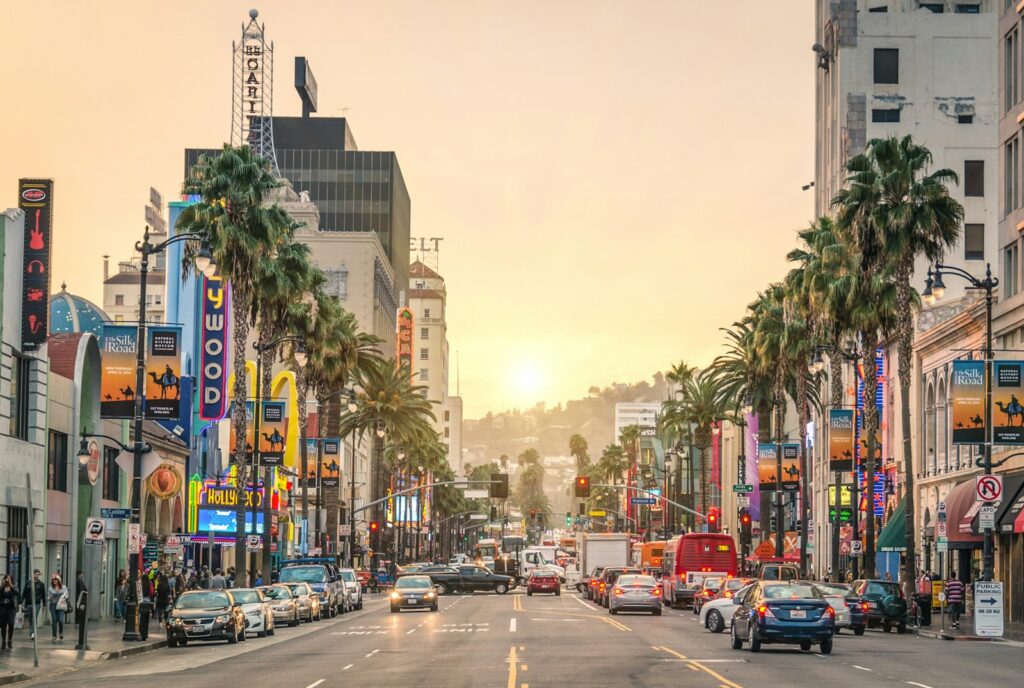
4. **Menlo Park, California**
Menlo Park, located in San Mateo County on the eastern edge of the San Francisco Bay Area, is another city experiencing a notable population decline. Between 2020 and 2023, its population decreased by 6.14%, ranking it among the cities with the most significant rates of contraction in recent years. This proportional loss reflects considerable resident outflow or demographic shifts reducing the city’s population.
As of July 2023, White residents constitute 57.5% of Menlo Park’s population. Although detailed information about other demographic groups is not provided here, the substantial White population aligns with national trends showing decline within this demographic. Menlo Park’s inclusion on this list highlights that population decreases in California affect cities with diverse demographic compositions, contributing to the state’s overall status as one of the fastest declining in the country.
5. **Jackson, Mississippi**
Jackson, the capital city of Mississippi, continues to experience persistent and substantial population decline. According to census data, the city’s population fell by 6.20% between July 1, 2020, and July 1, 2023.
This trend becomes even more striking when viewed over a longer period. Between 2018 and 2023, Jackson saw a cumulative decline of 12.80%. A more recent drop of 1.63% occurred between 2022 and 2023 alone, bringing the city’s population to 143,633 in 2023. These figures reflect a sustained pattern of contraction, indicating that Jackson’s population loss is not a short-term fluctuation but part of a longer-term trajectory.
Several factors are cited as contributing to this decline, including economic challenges, social issues, and infrastructure concerns. These pressures appear to influence residents’ decisions to relocate and affect the city’s capacity to attract newcomers. As Mississippi’s capital, Jackson’s demographic decline underscores broader difficulties facing the state as a whole, reinforcing the connection between urban and statewide population trends.

6. **Gallup, New Mexico**
Concluding the first section of our list is Gallup, New Mexico, a city located along the iconic Route 66. Between 2020 and 2023, Gallup experienced a population decline of 6.31%, according to census estimates. This figure reflects a notably rapid rate of contraction for a city of its size.
In numerical terms, Gallup’s population fell from more than 21,800 in 2020 to just over 20,400 in 2023, resulting in a loss of approximately 1,400 residents. Given its overall size, this decrease represents a substantial demographic shift, placing Gallup among the fastest shrinking cities in the country.
Gallup’s demographic composition is distinctive. The majority of residents identify as American Indian or Alaska Native alone, followed by Hispanic and Latino communities. This sets Gallup apart from many other cities experiencing population decline. While the specific causes of Gallup’s shrinking population are not detailed, its geographic location and unique demographic profile suggest that localized economic pressures or structural challenges may play a significant role.
As the analysis moves forward, the data continues to reveal the complexity of population change across the United States. These patterns are shaped by a wide range of factors, including local economic conditions, infrastructure, and national migration dynamics, as well as the influence of immigration. Having reviewed the first six cities with the steepest population decline from July 1, 2020, to July 1, 2023, we now turn to the next group of urban centers identified by the Census Bureau.
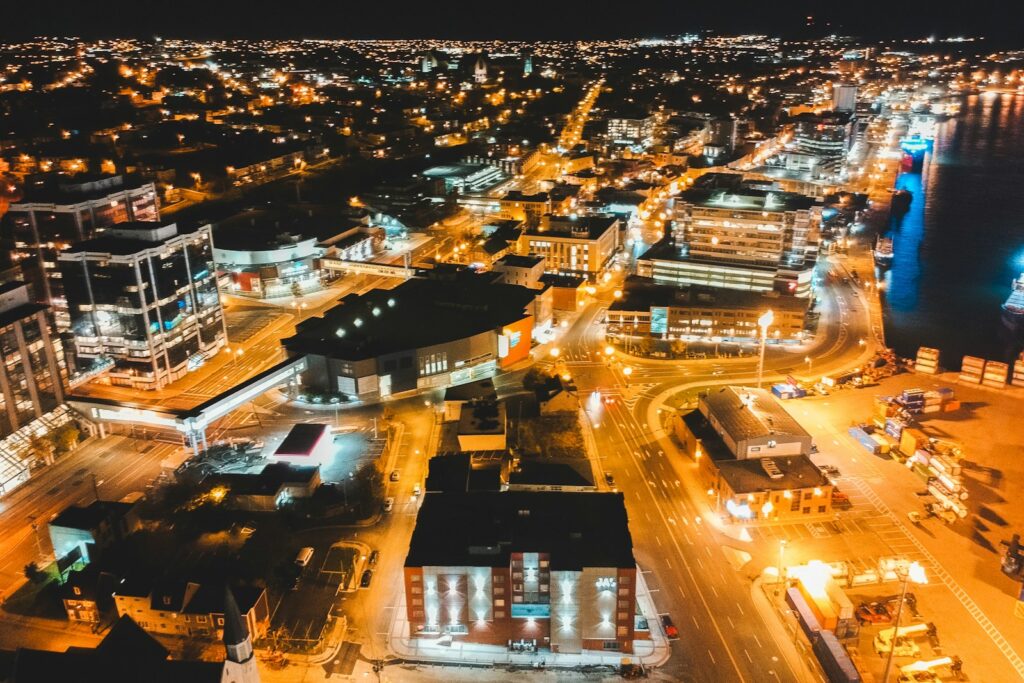
7. **Ypsilanti, Michigan**
Advancing on the list of cities with the most pronounced population decline is Ypsilanti, Michigan. Known as a college town situated along the Huron River in Washtenaw County, Ypsilanti saw a population decrease of 6.32% between 2020 and 2023. This rate places it among the cities facing the greatest difficulty in retaining residents over the three-year period.
In absolute terms, the city’s population fell from nearly 20,600 in 2020 to approximately 19,300 by 2023, reflecting a loss of around 1,300 residents. For a city of its size, such a decline represents a substantial demographic shift. The demographic profile of Ypsilanti, according to the available context, is composed primarily of Native American or White alone residents.
Ypsilanti’s position on this list underscores that population decline is not limited to major urban centers or particular regions. Even college towns in states like Michigan are experiencing similar challenges. This trend suggests the influence of both localized economic or social factors and broader state-level dynamics shaping residents’ decisions to leave.
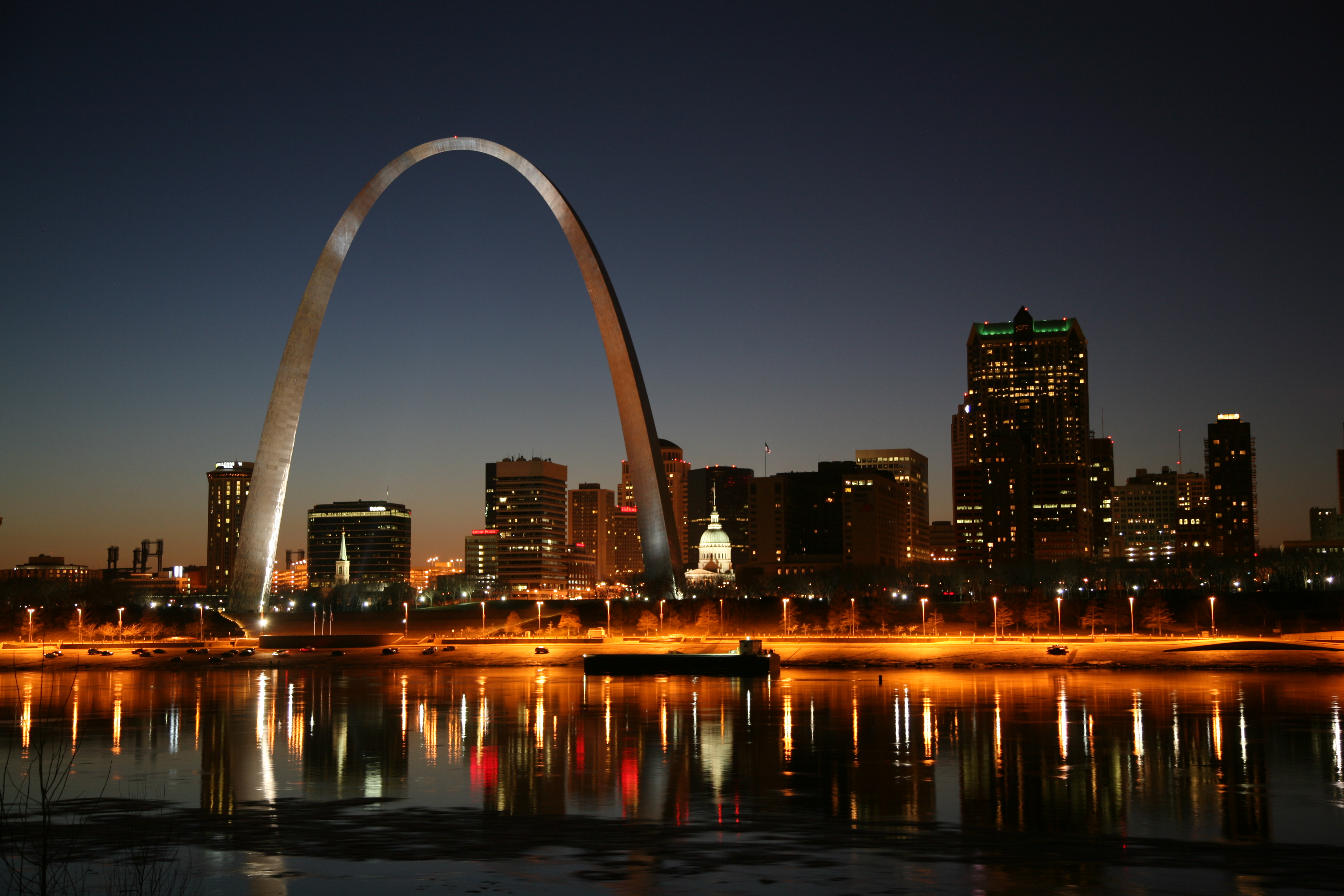
8. **St. Louis, Missouri**
Ranked as the tenth fastest-declining city based on 2020 to 2023 census estimates, St. Louis, Missouri, has experienced a population decrease of 6.38% during this period. As a historically and economically significant city located near the confluence of the Missouri and Mississippi Rivers, and part of a larger bi-state metropolitan area, St. Louis’s demographic contraction is especially notable.
Although exact population figures for 2020 and 2023 are not detailed in the current data, the percentage decline reflects a substantial loss of residents relative to the city’s size. Its historical importance and strategic geographic location have not shielded it from the challenges driving residents away.
The presence of a major Midwestern city like St. Louis on this list highlights the broad geographic scope of urban population decline in the United States. While the causes may differ from those affecting cities in California or the South, the impact is similarly significant. Regional economic transitions, persistent urban issues, or changes in migration patterns may all be contributing to this decline.

9. **Greenville, Mississippi**
Continuing with the Mississippi cities featured on this list, Greenville emerges as a prominent example of urban population decline. As one of the state’s more populous cities, Greenville experienced a 6.43% drop in its resident population between 2020 and 2023. This rate places it among the fastest-shrinking cities in the United States during this timeframe.
According to the census data, Greenville’s population declined from more than 29,400 in 2020 to 27,644 in 2023, representing a loss of nearly 1,800 people in just three years. This decline is substantial for a city of its size and further confirms its position on the list of cities facing steep demographic contraction.
Greenville’s experience, alongside that of Jackson and Vicksburg, underscores a broader pattern of urban population loss throughout Mississippi. As one of the states undergoing significant demographic decline, Mississippi appears to be experiencing outmigration from multiple urban centers. These patterns may reflect deeper, statewide challenges related to economic opportunity, infrastructure, and quality of life that are contributing to sustained resident departures even in its larger cities.

10. **Pleasanton, California**
Returning to California’s San Francisco Bay Area, Pleasanton stands out as another city experiencing notable population decline, despite its location within one of the state’s most affluent regions. Between 2020 and 2023, Pleasanton’s population decreased by 6.45%, placing it among the fastest declining cities in the country during this period.
Census data reveals that the city’s population fell from nearly 79,600 residents in 2020 to just over 74,600 in 2023, marking a reduction of approximately 5,000 people within three years. This is a significant contraction for a mid-sized city. Demographically, Pleasanton is predominantly composed of White and Asian residents, who together accounted for 85% of the population as of July 2023.
Pleasanton’s inclusion alongside other Bay Area cities such as East Palo Alto, San Carlos, and Menlo Park signals that California’s population decline extends across a range of communities, regardless of income levels or ethnic composition. Even cities closely tied to the tech sector and known for high standards of living are seeing meaningful demographic shifts. This trend contributes to the broader narrative of California’s status as one of the fastest shrinking states in the nation.
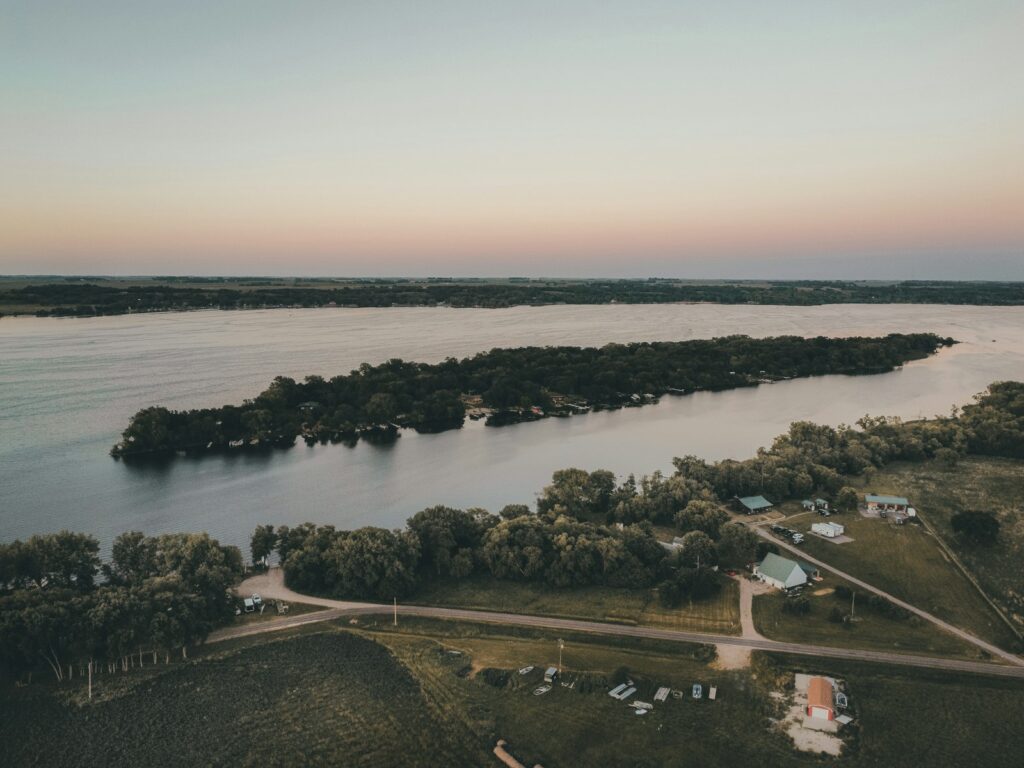
11. **Lake Charles, Louisiana**
Located in Louisiana, the city of Lake Charles ranks seventh among the fastest declining cities in the United States based on population percentage change between 2020 and 2023. As one of the most populous cities in the state, its inclusion on the list underscores the broader demographic challenges facing Louisiana, which itself ranks among the nation’s fastest declining states. Over the three-year period, Lake Charles experienced a 6.52% drop in population.
Lake Charles is characterized by its surrounding lakes and a local economy rooted in tourism, petrochemical refining, and industrial operations. Although the exact population figures for 2020 and 2023 are not specified in this section, the recorded decline points to a meaningful reduction in residents relative to its size. The city’s economic composition may help explain the demographic shift, with potential ties to the volatility of the industries on which it relies.
The appearance of Lake Charles, along with other Louisiana cities such as Metairie (noted for its one-year population drop), reflects a wider trend of population loss across multiple urban areas within the state. These patterns suggest that Louisiana’s industrial base and other regional conditions may be contributing to sustained outmigration, impacting cities of varying sizes.

12. **Revere, Massachusetts**
At the top of the list of fastest declining cities in the United States between 2020 and 2023 is Revere, Massachusetts. Named after the American patriot Paul Revere and located just outside Boston, the city experienced the sharpest proportional population loss among all cities analyzed, with a decrease of 6.60% over the three-year period.
This percentage translates to a significant raw number. Revere’s population declined from more than 84,800 residents in 2020 to just over 79,600 by 2023, reflecting a loss of over 5,200 people. For a city of its size and proximity to a major urban center like Boston, such a reduction marks a rapid and notable contraction.
Revere’s position at the top of the list highlights that population decline is not confined to cities in the South or Midwest. It also affects parts of the Northeast, a region that is increasingly seeing outmigration. Despite its population density and appeal as a commuter hub, the city is experiencing demographic pressures that are leading to a substantial number of residents relocating elsewhere. This trend has made Revere the fastest declining city identified in the 2020 to 2023 analysis. its dense population and tourist appeal due to proximity to Boston, local factors or regional trends are clearly leading to a significant number of residents moving away, marking it as the fastest declining city in this analysis.

The data from 2020 to 2023 reveals a clear trend of population decline affecting cities across various regions of the United States. From large metropolitan areas like St. Louis and Revere to smaller cities such as Gallup and Ypsilanti, urban shrinkage is occurring in both economically diverse and demographically varied communities. Factors driving these shifts appear to include economic challenges, aging infrastructure, affordability concerns, and changing migration patterns at both the local and national levels. The inclusion of cities from states like California, Mississippi, Michigan, and Louisiana underscores that no single region is immune to the effects of demographic change. As cities continue to evolve, understanding the causes and consequences of population loss will remain a critical focus for policymakers, urban planners, and residents alike.

